Sydney Harbour is ‘crawling with sharks’ this summer, experts warn, in the wake of horror attack
A triangle of water connecting Kirribili with Garden Island and the Opera House has been declared a bull shark “hotspot” after a young woman was mauled going for a swim.
Sydneysiders have been warned to stay out of the water after a near-deadly shark attack with more bites expected this summer.
The apex predators are rife in the harbour this time of year, feeding off surface-dwelling fish like salmon, bonito and mackerel tuna.
In the day they lurk in 40m “holes” in the harbour before coming up to the surface to feed at night.
The most dangerous time to swim is as dusk or at night when bull sharks are most likely to be hunting in the shallows – the exact conditions that saw a woman mauled last night while swimming near a wharf at Elizabeth Bay.
Lauren O’Neill, 29, suffered serious injuries in the attack, which occurred at 7.45pm, and almost lost her right leg, which witnesses say was visible “trailing behind her” as she frantically tried to get out of the water.
Ms O’Neill suffered “serious injuries” but hero surgeons at St Vincent’s Hospital managed to save the limb.
Extra surgeons were drafted in to save the young microbiologist’s leg and she is expected to remain in the intensive care unit of the hospital for the next few days.
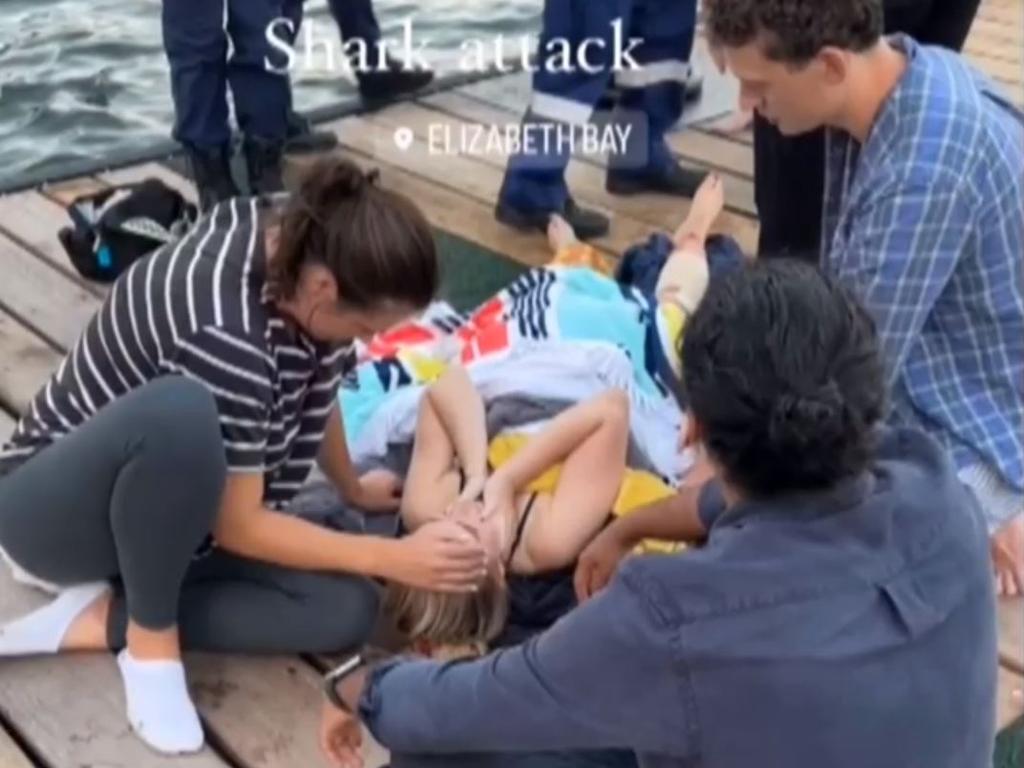

Authorities are investigating the incident, but speculation is mounting that a bull shark was likely responsible, given how common they are in the area.
“If you do see a shark in the Harbour, I would say that 99 times out of 100, it’s going to be a bull shark,” Lawrence Chlebeck, a marine biologist and shark campaigner at Humane Society International, told news.com.au.
“We don’t want to cause undue fear because that leads to rash decision-making, but it’s true that there is a risk of shark-biting in the Harbour.”
NSW DPI shark scientist Amy Smoothey said bull sharks are most prevalent in two areas of the harbour.
These are the triangle of water between Kirribilli, Garden Island and the Opera House, and up Parramatta River near Glades Bay.
Perfect conditions for an infestation
Bull sharks are known to inhabit Sydney Harbour in large numbers during warmer months but fisherman Craig McGill, who runs the tour company Fishabout, said the population has been bigger in recent months.
“The Harbour is crawling with sharks at the moment,” Mr McGill told news.com.au.
“The water is unusually warm, so we’ve had a massive influx of bait fish, and bigger fish chasing them, which means sharks are on their tail.
“The heavy rain from the past few years has really boosted the whole food chain, so we’ve got bundles of salmon, bonito, kingfish and tailor in the Harbour, so the sharks are after them.
“And on top of all that, the water has been murkier this season because of rain and algae blooms.”
Do you have a story? Email tips@news.com.au
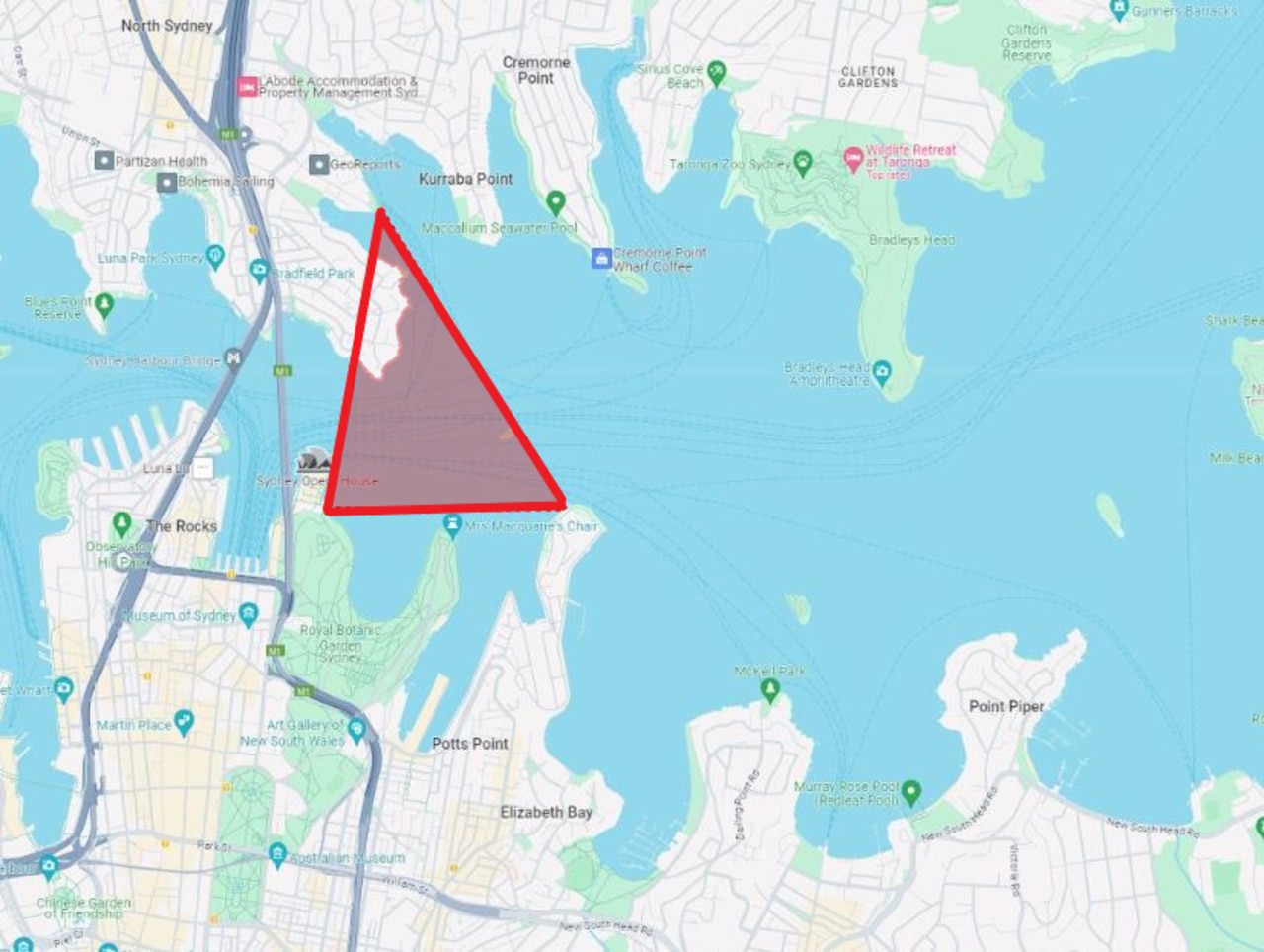
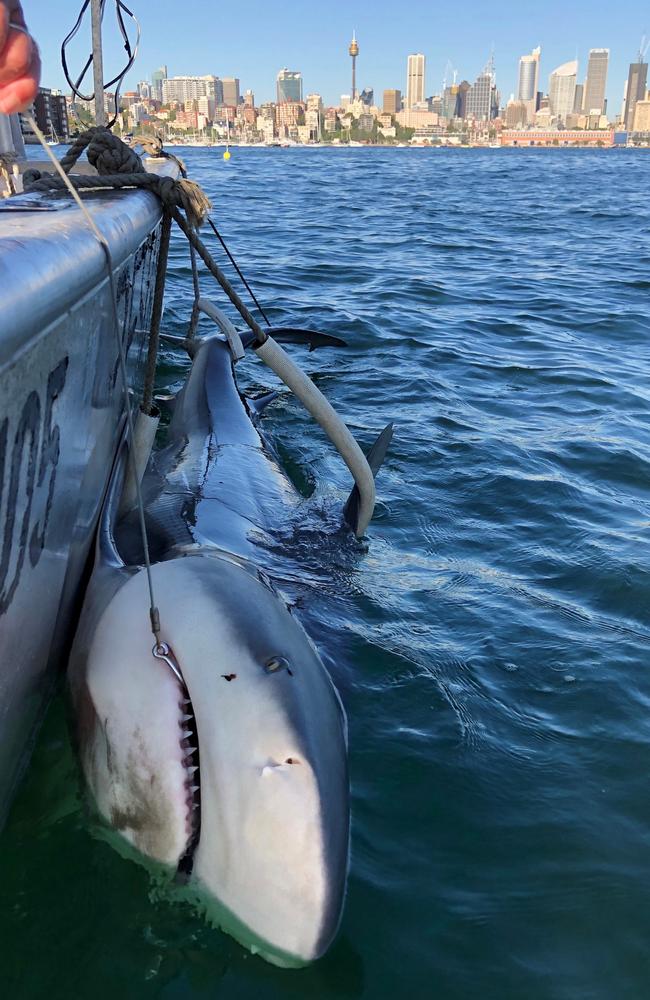
The New South Wales Department of Primary Industries has tracked and tagged dozens of bull sharks over the years to learn more about their habits.
“Bull sharks use all areas of Sydney Harbour from Parramatta and Lane Cove Rivers to Middle and North Harbour,” the department said.
“Bull sharks used slightly deeper water during the day and shallower water at night. Water temperature is a key predictor of their presence – 20C to 26C.
“When water temperature drops below 19C, bull sharks leave Sydney Harbour and travel north to Queensland for the winter and spring.”
On average, up to 18 bull sharks are detected on any given say during summer.

“There’s a lot more than usual this summer,” Mr McGill said.
In February 2021, DPI officers caught and tagged three bull sharks in a single day on either side of the Harbour Bridge, measuring from 2.5m to 3.1m.
Shark attack victim’s leg is saved
Ms O’Neill was having an evening swim near a private wharf in Elizabeth Bay around 7.45pm on Monday when she was bitten on the leg by a suspected bull shark, screaming out to neighbours to help her.
Elizabeth Bay resident Michael Porter was one of the neighbours that rushed in to help and said Ms O’Neill was lucky to survive the ordeal.
In a stroke of luck, local vet Fiona Crago had just purchased a set of bandages that very day and used them to perform a tourniquet.
“The fact she had the bandages, it’s just such a fluke. So lucky. I’m not sure she would have survived without Fiona,” he told news.com.au.
“There was just so much blood loss. There was so much blood in the water that fish were all going off and jumping around in the area. [Fiona] was just incredible.”
Porter had just gotten home from work and had sat down on the couch when he heard the woman’s cries for help.
“The water was just red. She had just managed to prop herself up on the pool and her leg was just limping, sort of trailing behind her,” he said.
“I’m still in shock really, I couldn’t even imagine Lauren is feeling after everything is happened.”
Ms O’Neill’s mother Petra thanked Ms Crago, who helped save her daughter’s life.“It means a lot that the community was there at the critical moment to render assistance, in particular the veterinary nurse … shows what a lovely community you are,” Mrs O’Neill wrote online.
A shy but dangerous shark
Underwater Sydney, an initiative of the Australian not-for-profit Underwater Earth, said bull sharks are “one of the most dangerous” in the world.
“So, people should be aware that they like to come to Sydney for their summer holidays,” the organisation said. “They are generally big – about 3m – and they just love hanging about in Sydney Harbour and heading inland.”

They’re considered “pretty timid” and try to avoid humans “like the plague”.
“If they didn’t, we certainly wouldn’t be jumping into the water during the summer months and shark attacks would be front page news on a daily basis.
“The problem comes when they can’t see us and have an accidental nibble and they definitely can’t see us in murky water at dusk. If you live inland and fancy an evening dip in an unprotected area, may we suggest you have a bath instead.”
Mr Chlebeck echoed that sentiment, saying swimming at night in the Harbour is never wise.
“Obviously our thoughts and hearts go out to this young woman because it would have been a very traumatic experience,” he said.
“But when you swim in locations with reduced visibility, and this can be dawn, dusk, night or after heavy rain when the water is cloudy, sharks lose their ability to identify prey using sight, so they rely on their second most reliable sense, which is their sense of taste.
“So, 99 times out of 100, when a shark bites a person, it’s not to consume that person – it’s to figure out what it is.
“And while that doesn’t help us as humans very much because that still can be extremely traumatic and potentially fatal, for a shark it’s really just trying to figure out what’s in the water next to it.
“That’s why I would always advise against swimming in locations with poor water visibility, be that night or be that after a heavy rain.”


Low but not no risk
Daryl McPhee is an associate professor of environmental science at Bond University and said sharks generally pose a low risk to humans.
“It’s true that globally the frequency of unprovoked shark bites has increased, due to factors such as more water users and changes in shark distribution and behaviour,” Mr McPhee wrote in an article for The Conversation.
“But the probability of an unprovoked shark bite remains low.”
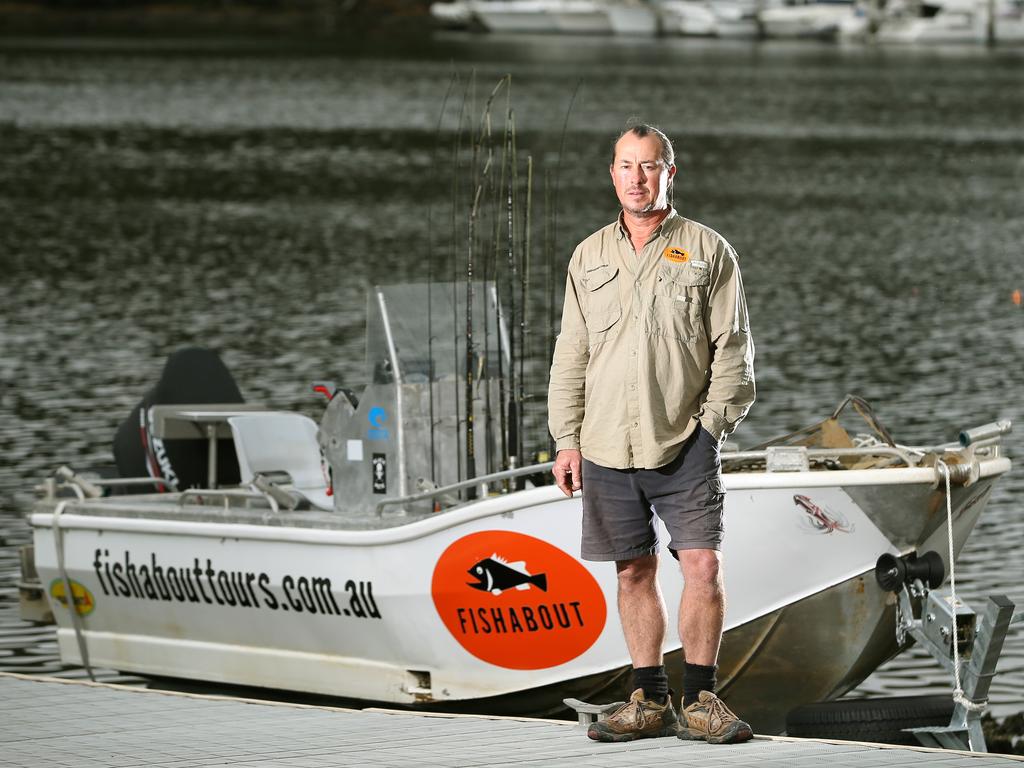
However, the prevalence of sharks in the Harbour and along Sydney’s coast require significant safety measures, including regular aerial surveillance by authorities during summer using drones and helicopters, as well as nets and drum lines.
“Electrical shark deterrents have been investigated over many years,” Mr McPhee said.
“Research shows substantial promise, and Australia is making progress in commercialising the technology.
“Scientists have [also] investigated using acoustic deterrents such as orca calls and novel sounds to deter sharks. But such methods do not work on all shark species, and the impact on other animals needs to be considered.”
Physical barriers to keep sharks out of a designated area are effective in some circumstances and are used around permanent swimming enclosures along the Harbour.
“[These] have worked in areas protected from exposed ocean conditions … but on ocean beaches, physical barriers must be designed to withstand constant wave energy, including extreme conditions.
“Previous attempted trials on NSW surf beaches failed as the gear either could not be installed or was destroyed by the surf.”
However, he said no system “will ever detect or deter 100 per cent of sharks”.
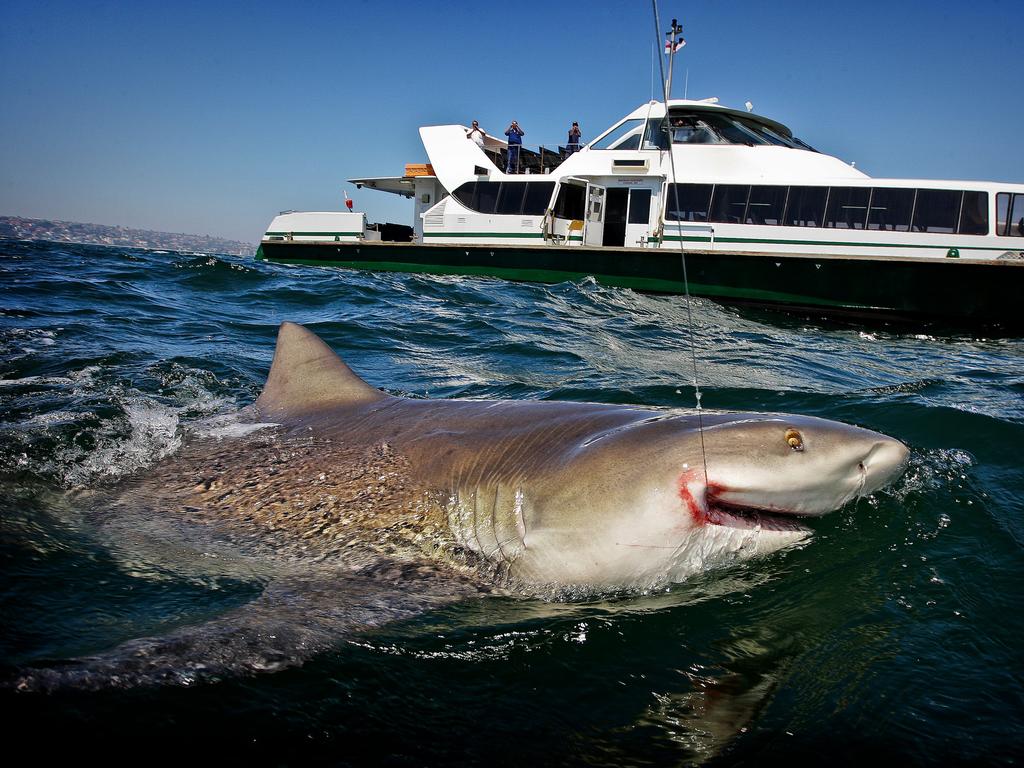
Mr McGill said there’s not much more authorities could do to reduce the risk of attacks, but public education is a must.
“There are spots where you can swim quite safely, and then there’s spots that are actually quite high risk. And times of the day, of course.”
Fatalities even rarer
Deadly attacks are extremely rare in Sydney.
In February 2022, Simon Nellist was swimming at Little Bay when he was mauled by a shark – the first fatal attack in Sydney in 60 years.
The British expat was training for a charity swim at about 4.30pm on a February afternoon and suffered “catastrophic” injuries.
A great white measuring between 4m and 5m was responsible for the attack, which sparked the closure of all beaches in the east and south.
Then, just a week after the fatal attack, a 15-year-old boy hooked a 2.8-metre bull shark while fishing in Middle Harbour.

However, serious non-fatal attacks can occur, with a notable incident in February 2019 seeing Royal Australian Navy diver Paul de Gelder seriously injured after being savaged by a 3m bull shark.
Mr de Gelder was taking part in an anti-terrorism training exercise near Garden Island when he was attacked. His hand was severed, and his right leg was later amputated above the knee.
That summer, some 13 unprovoked shark interactions occurred in NSW.
In the years since his miraculous survival, Mr de Gelder has become a passionate campaigner for the protection and conservation of sea life – including sharks.

“Think about any wild animal on the planet – a bear, lion, tiger, hippo, cheetah … none will let you share their space with them. They’ll attack you and kill you,” he told The Guardian in 2022.
In contrast, a shark will mostly share its environment.
“They’re not vicious, man-eating monsters. They’re just sharks doing sharky s*** in the ocean, trying to live their lives while we f*** with them.”




